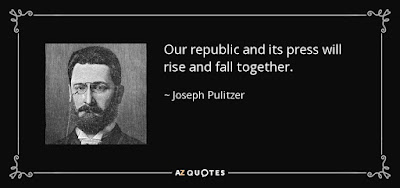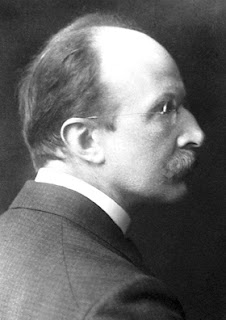 |
| Image source: the Cool t-shirt |
Topics: 3D Printing, Civics, Civil Rights, Existentialism, Philosophy, Politics
*****
Star Trek envisions the future of humanity to be one of incredible achievements made possible by evolved philosophies as well as technologies. This hopeful view of tomorrow is perhaps the reason so many have dreamed of inventing real-life versions of Star Trek tech -- from the transporter to the tricorder -- and the replicator is one of the most coveted.
A process called “additive manufacturing,” or its more popular nickname, “3D Printing,” has captured the imagination of the tech industry. These machines work much like the two-dimensional printer you may have on your desk, but instead of printing a layer of ink, a 3D printer extrudes many layers of melted plastic to form a physical object. You can imagine this as similar to a hot glue gun, where the heated glue stick is carefully extruded from a nozzle. In the case of a 3D printer, that nozzle is controlled by software and digital design files that tells it how to form a shape.
The comparisons between 3D Printing and the Star Trek replicator don’t end with plastic. Other materials like wood, metal and even some foods are now being extruded in similar ways to make on-demand creations. This has led to excited speculation that soon we may see the beginnings of a new era of manufacturing in America and around the world, where small-scale production is possible at very low costs. We may even “print” biotechnologies and human organs one day.
Gene Roddenberry's underlying message of the future: eternal optimism. As much as I am a fan, I'm afraid I possess a healthy dose of skepticism. Even the Star Trek Memory Alpha Wiki mentions some rough roads prior to 1st Contact with Vulcan. I sincerely hope "life does [not] imitate art" in this case (the "rough road" part; 1st Contact would be OK).
The last five mass extinction events were completely involuntary; unassisted since we hadn't showed up just yet. I end below the embed with two quotes from Einstein:











